Ranked: the best cult cameras ever
These fine cameras have all developed a cult following, but why?
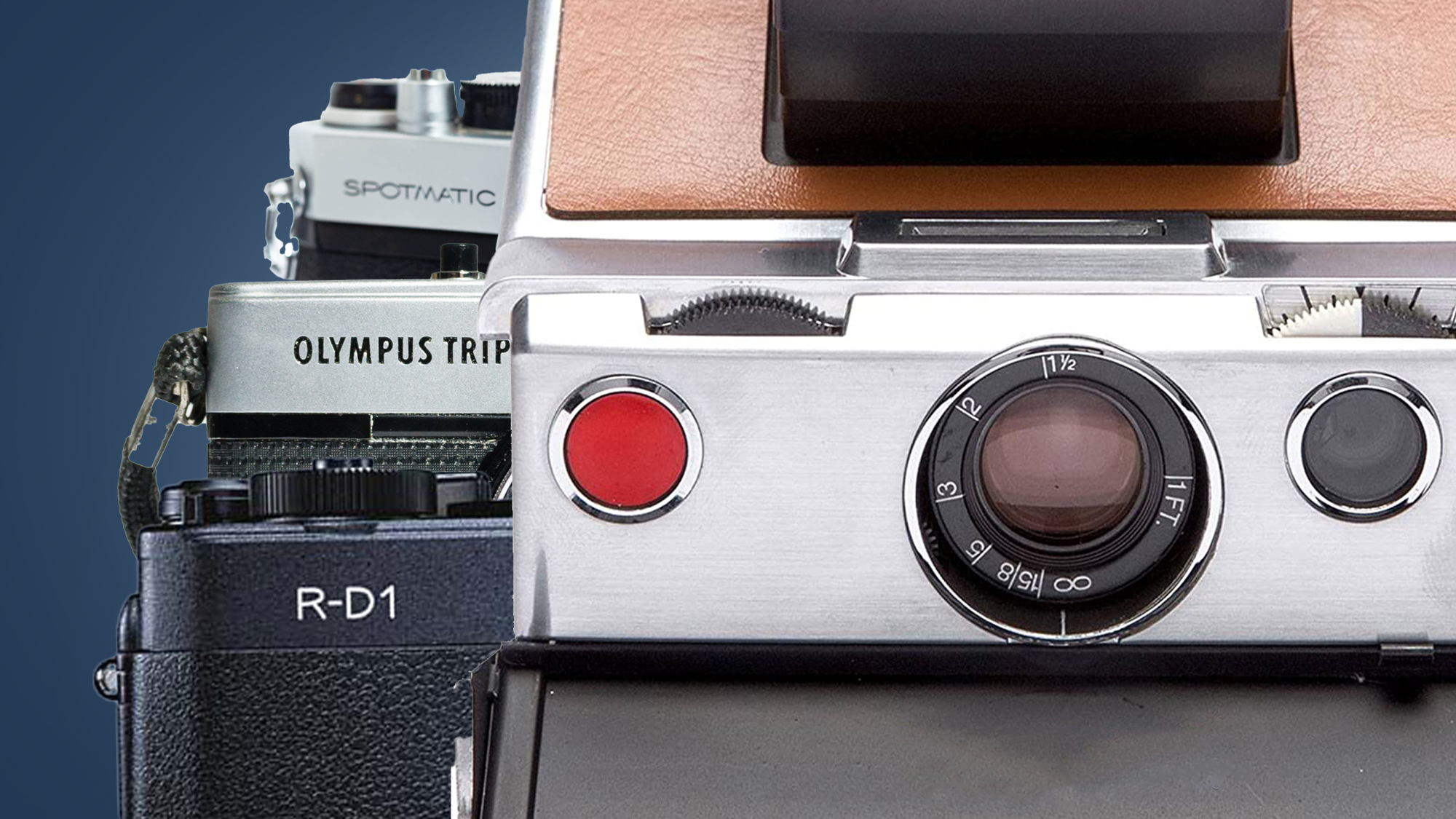
It's that time of year when we all become obsessed with 'best of' lists. But sometimes it's easy to forget the outliers and eccentrics that give our tech lives a distinctive flavor. A good recent reminder was Pentax's recent announcement that it's bringing back film cameras. And that got us thinking – what other cult cameras deserve to be celebrated or even revived? After a few healthy debates, we've rounded up our favorites in one (no doubt controversial) list below.
What exactly is a cult camera? In a similar way to movies like Clerks or This is Spinal Tap, their success isn't measured in sales (although big-selling cameras aren't disqualified from consideration, either). Instead, a cult camera has a mysterious quality that sees it overcome ambivalent shoulder-shrugs on its release, only to develop a dedicated following years later. Alternatively, it may have been relatively popular in its heyday and continues to offer something unique to this day.
Only a handful of cameras have transcended their status of being ‘just a tool' to become true cult classics. Some will have been highly anticipated, while others were the first of their kind. A select few have shifted the medium of photography itself, sparking an idea or a movement that changed the way we view and consume photographic images.
But to qualify as a cult classic, a camera can't have been too popular on its initial release or garnered too much mainstream appeal. That's why you won't find influential releases like the Kodak Brownie, Nikon FM2, Olympus OM-1 or Canon AE-1 in our list below. Instead, we're erred on the side of celebrating the unsung and slightly leftfield in this list of the 15 best cult classic cameras ever.
The best cult classic cameras ever
15. Hasselblad XPan
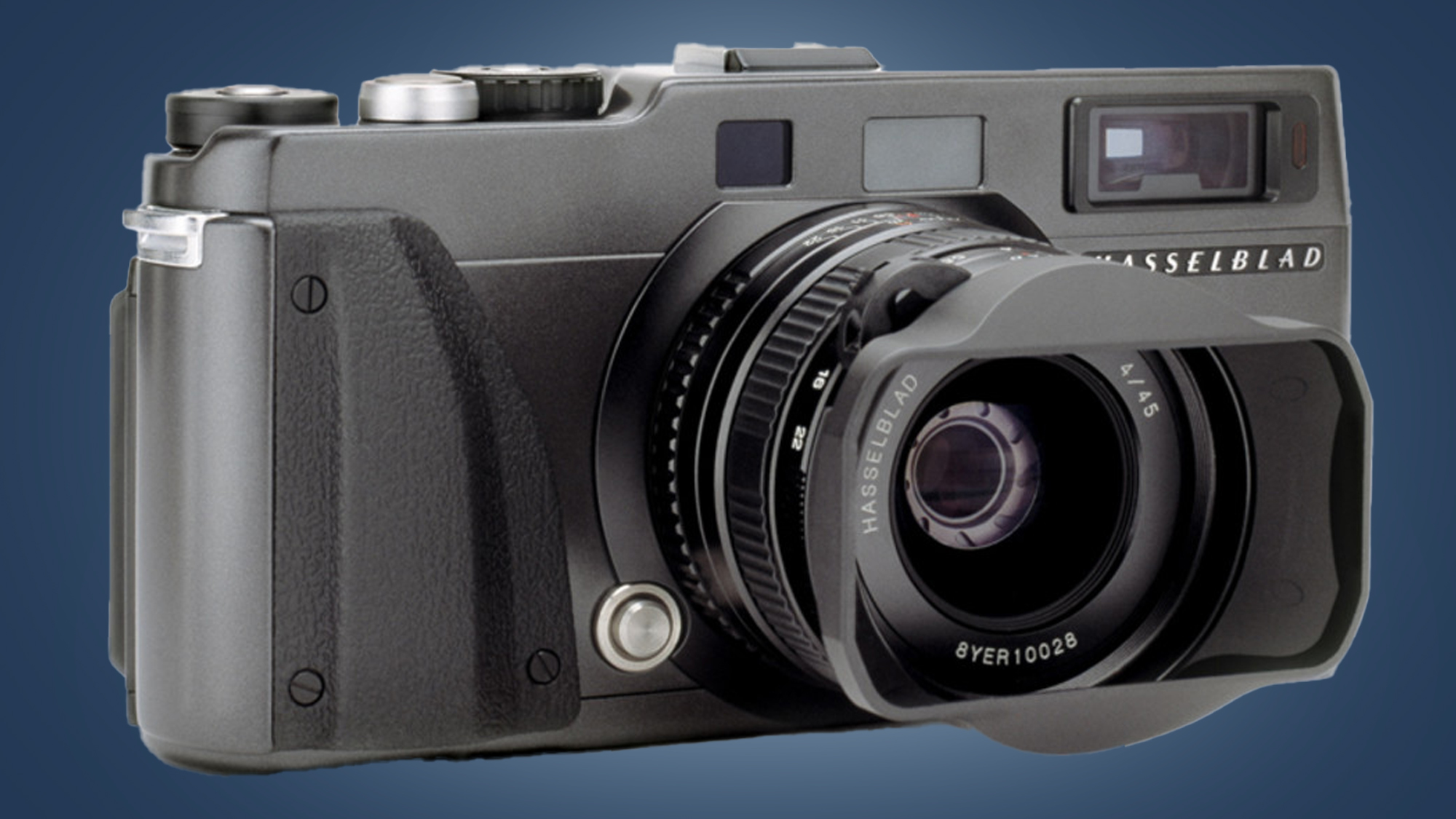
- Why it's a cult classic: it had a unique talent for shooting high-quality panos
The Hasselblad XPan is a unique camera that almost instantly earned cult status thanks to its ability to shoot standard 35mm photos alongside 24x65mm panoramic frames. This used the full height of the film without any masking to achieve a panoramic format, which meant that image quality was almost as high as medium format cameras when shooting panoramas.
There were only three lenses for the 950g rangefinder; 30mm, 45mm and 90mm. But these created a wide scope for creativity and the ability to shoot a range of subjects. Hasselblad produced around 16,800 Xpan cameras between 1998 and 2002 – so while it wasn’t a best-seller, it’s one of the best and most unique panoramic cameras ever made.
The Xpan is an amazing camera in many ways, with the ability to produce exceptional image quality with the handling of a standard rangefinder. And this unique camera has been rejuvenated to a degree thanks to a partnership between Hasselblad and the mobile phone manufacturer OnePlus.
Sign up for breaking news, reviews, opinion, top tech deals, and more.
The OnePlus 9 has an Xpan mode for shooting 65:24 ratio panoramics, the same as the Xpan, where images initially appear as a negative after the shutter is pressed and ‘develop’ into the final positive image.
14. Olympus Trip 35
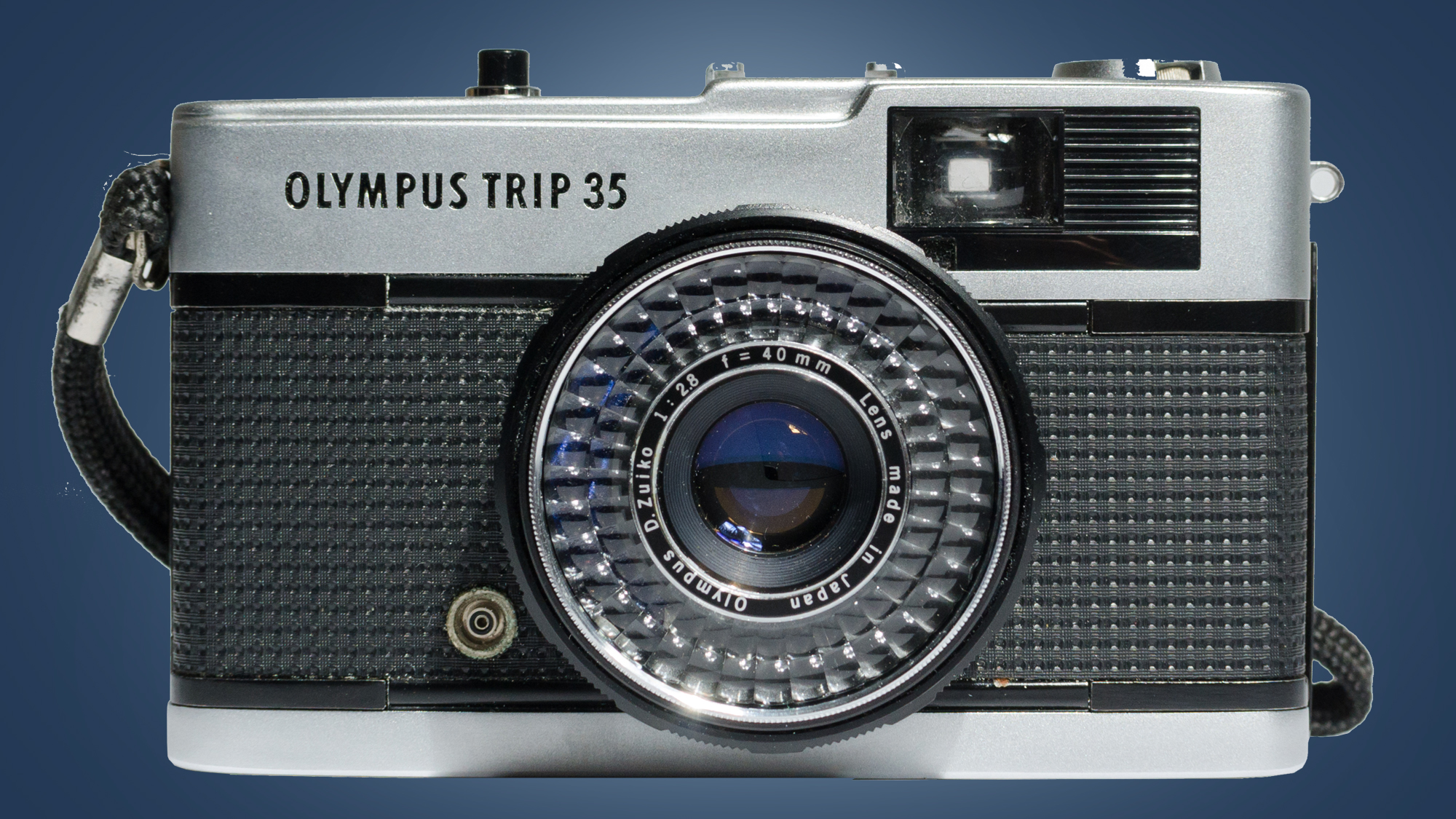
- Why it's a cult classic: it took travel cameras to exciting new places
It's arguably sold too many units to be considered a truly cult camera, but the Olympus Trip 35 deserves a place on this list thanks to its modern revival. If you're over the age of 35, you'll likely be very familiar with this small, lightweight and portable 35mm film camera, which became a mainstay of many holidays and day trips.
The Trip 35 was launched in 1968 and discontinued in the 1980s, but not before over ten million cameras were sold, earning the camera legendary status. Not many cameras can make such a claim to success, but this humble point-and-shoot was a winner. The Trip 35 featured a 40mm f/2.8 lens, a light-activated light meter and two shooting modes: Program Automatic and a flash mode with a fixed aperture setting that could be set using the aperture ring.
A similar camera that was also launched in the 1960s is the Rollei 35. This miniature 35mm camera was even smaller than the Trip 35 and remains one of the smallest 35mm cameras ever made. It wasn’t as popular as the Trip 35, as few cameras have been, but it illustrates the strong shift towards portability in the consumer camera market that took place from the 1960s to the 1990s.
13. Yashica Samurai
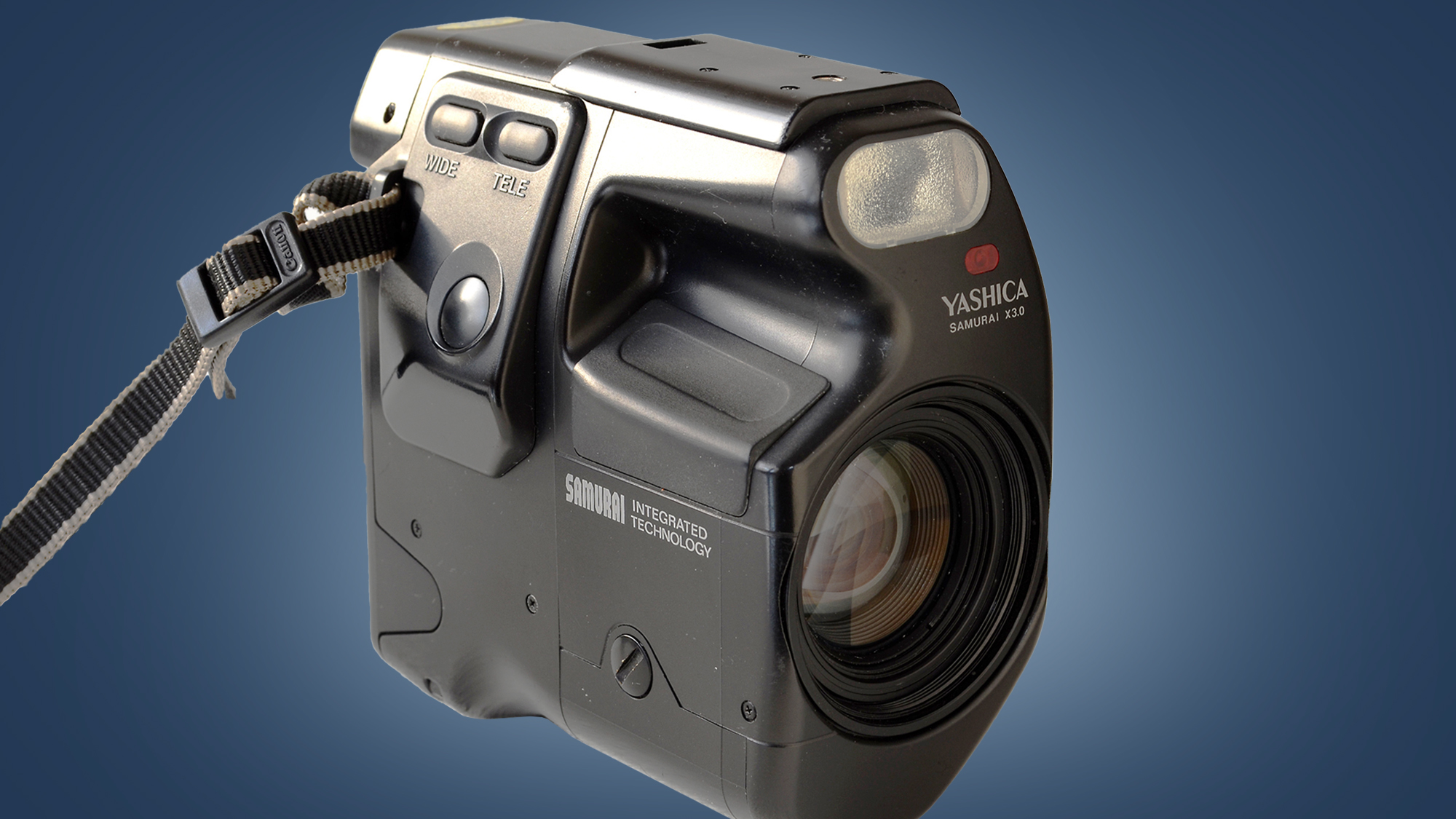
- Why it's a cult classic: it's a film camera that looks like a camcorder
With a name like Yashica Samurai, you might expect a tale of success, but this oddly-designed camera was quite the opposite. The Samurai series was launched in 1987 with the release of the X3.0, which was a half-frame camera that captures 18x24mm portrait format frames on standard 35mm film.
It wasn’t just the half-frame aspect of the Samurai cameras, and later the APS film used by the final model in the series, that made these cameras unusual. The Samurai cameras were SLRs, but they sported a camcorder shape and were designed for single-handed use. The X.30 features a 25-75mm motorized zoom, autofocus and a built-in flash.
After the Samurai X3.0 launched the series, the Samurai Z2 was released in 1990 and followed up by the final model in the series, the Samurai 400ix which was released in 1998. These cameras are arguably some of the ugliest and indeed strangest ever made, but there’s no doubt that their radical look and features were a fascinating experiment in camera design.
12. Mamiya 7II

- Why it's a cult classic: it's a medium format camera that shoots like a Leica
Medium format film cameras are traditionally bulky with a waist-level viewfinder that doesn’t allow for particularly fast and discreet shooting. To combat this, camera manufacturers including Fujifilm, Mamiya and Plaubel created highly portable medium format rangefinder cameras. But it was the Mamiya 7 and its successor the Mamiya 7II, with its interchangeable lenses, that were the biggest hit.
The Mamiya 7II was released in 1999 with six lenses available; the standard lens is an 80mm f/4 with a full-frame 50mm equivalent field of view. The camera features a near-silent leaf shutter in the lens which led to the camera often being referred to as a medium format Leica equivalent, thanks to its discreet build and rangefinder design. Plus, thanks to the leaf shutter, its flash could be synced at any shutter speed up to the maximum 1/500sec the camera could shoot at.
Where traditional medium format cameras were recommended to be shot handheld with a shutter speed of 1/125sec or faster to avoid camera shake, the Mamiya 7II could be easily shot at 1/60sec and even as low as 1/30sec. It doesn’t sound like much, but a stop or two of extra light can be extremely useful. Plus, image quality is exceptional thanks to great optics and large 6x7cm negatives produced on 120 and 220 roll film.
11. Olympus mju-II
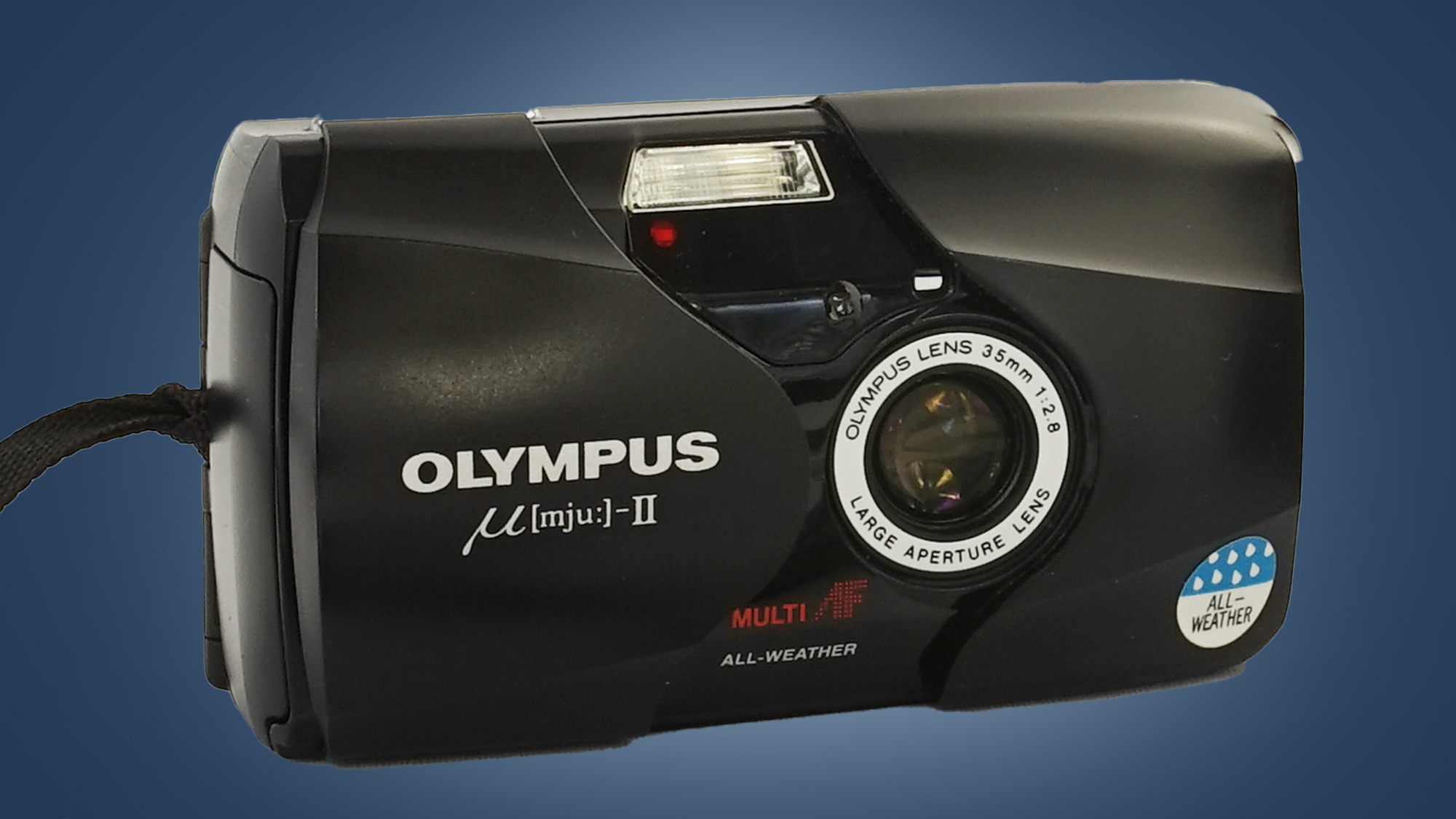
- Why it's a cult classic: it punched above its pocket-sized weight
With millions of units sold, the Olympus mju-II is a popular point-and-shoot 35mm compact camera that was released in 1997. Featuring a weatherproof body, autofocus, flash and a 35mm f/2.8 lens, it’s a basic model with a lens that’s well-known for its sharpness, and can be protected by a sliding panel on the front of the camera when not in use.
The mju-II is extremely basic but is also small enough to fit in a pocket and weighs just 135g. Beyond the shutter button, the only controls on the camera are for turning on the flash or activating the 12-second self-timer. Despite being a simple point-and-shoot film camera from the 1990s, the second-hand price of the mju-II has skyrocketed in recent years to around $250/£250, or much more for the limited-edition burgundy models.
A similar camera to the mju-II, and arguably its inspiration, is the Olympus XA which also features a 35mm f/2.8 lens and was available from 1979 to 1985. It sports a more angular body than the mju-II and a similar sliding front panel to protect the lens when not in use and is also one of the smallest rangefinder cameras ever made.
10. Pentax Spotmatic

- Why it's a cult classic: it had groundbreaking through-the-lens metering
In the days of film, the line between cameras that could meet the needs of both professionals and amateurs was much more blurred than it is today. And one camera model that illustrates this perfectly is the iconic Pentax Spotmatic, which was first announced at Photokina in 1960.
The 1960 prototype of the camera featured a spot meter, hence the 'Spotomatic' name. But by the time it was released in 1964, the production model used a centre-weighted lightmeter instead. The camera was also one of the first to offer TTL (through-the-lens) metering, which removed the need to carry a separate light meter and ultimately made hooting much more convenient.
The Pentax Spotmatic was first available in 1964 and discontinued in 1976, but in this time it’s reported that over four million units were sold. It used the M42 screw mount, which was superseded by the Pentax K mount. And despite a short lifespan when compared to the Pentax K1000 (see no.3 below), the Spotomatic is remembered fondly as an SLR that embraced early electronic technology and helped to push camera functionality forwards.
9. Leica M6
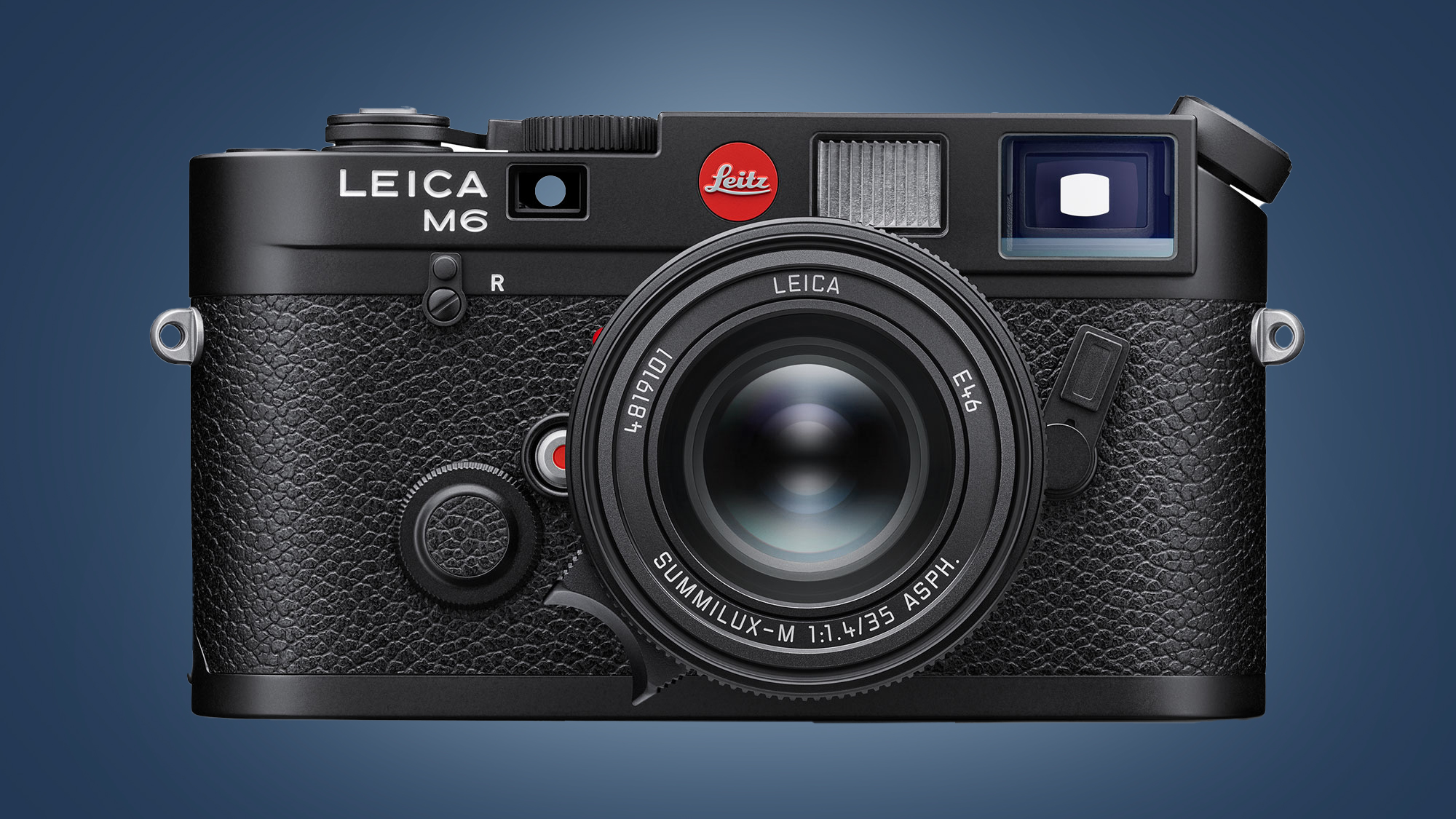
- Why it's a cult classic: it's the legendary king of Leica’s M series
Whether you’re a professional, enthusiast or casual shooter, Leica cameras need little introduction. Love them or hate them for their eye-watering price tags, there’s no denying that some of the most iconic photos in history have been taken with a Leica M camera. The Leica M6 was produced from 1984 to 2002, with almost 175,000 units produced in that time, and has become one of the most loved models from the premium German brand.
The M6 was superseded by the M7, where aspects of the mechanical design of previous models were made electronic and features such as DX coding and exposure compensation were added to an M series camera for the first time. The M6 is what Leica purists might call the last M series camera that was true to its heritage – and it's also considered one the best M series models ever made.
The M6 is so highly regarded, it was reissued in 2022 and continues to be handmade in Germany. So, what makes this camera so special? Exceptional craftsmanship and build quality aside, the camera is small, fast and discreet with its near-silent shutter and a uniquely tactile shooting experience.
8. Yashica T4
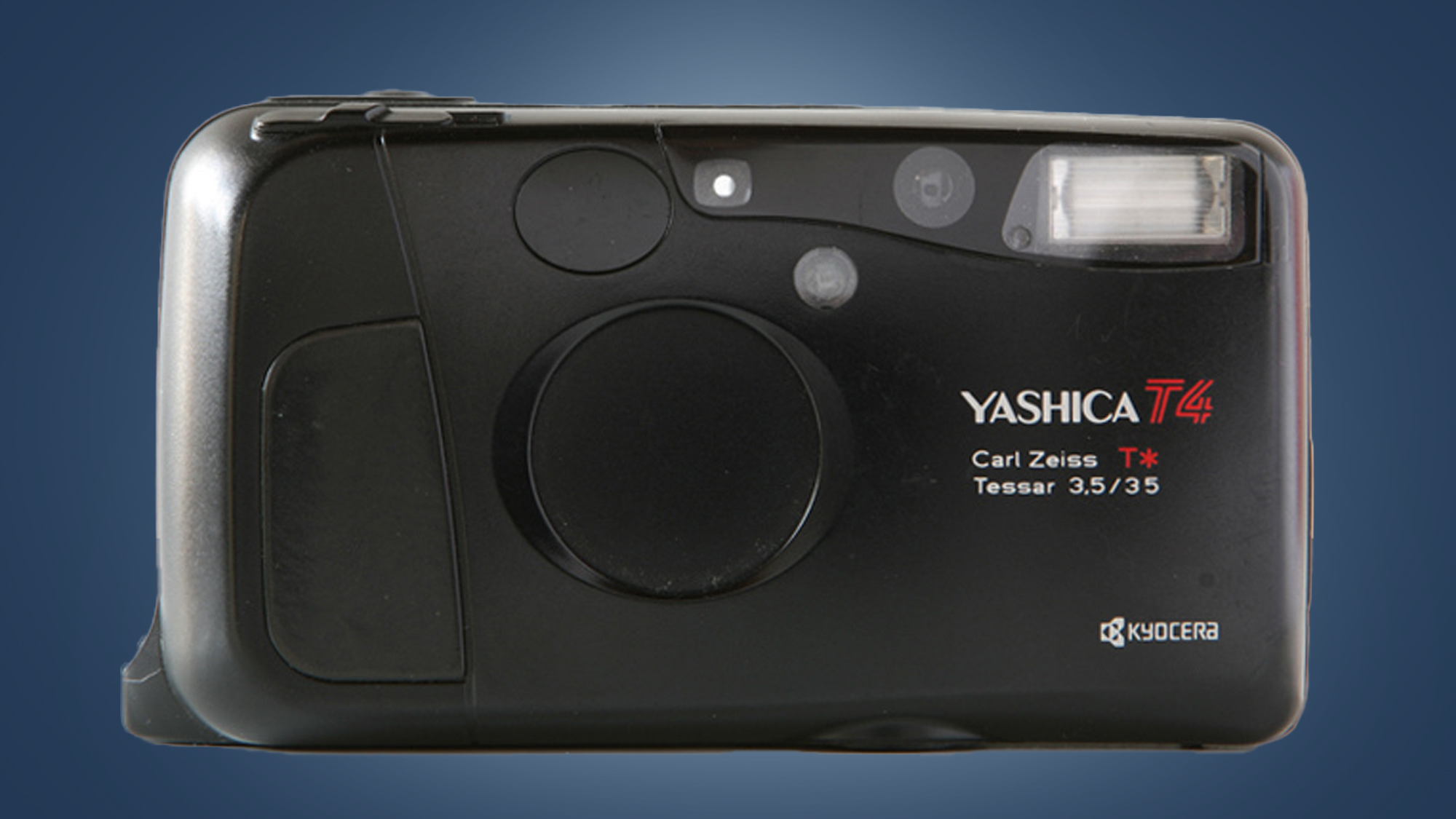
- Why it's a cult classic: it secretly stashed a lens you couldn't ignore
The Yashica T4 might look like another pocketable, point-and-shoot 35mm compact camera from the 1990s, but it was a little bit special. It packed a high-quality lens into an affordable compact camera, making it something of a cult sweet spot for both hobbyists and commercial photographers.
A fully automatic camera, the T4 combined excellent image quality with user-friendliness. But it was the Carl Zeiss Tessar 35mm f/3.5 lens that was the jewel in its crown, garnering it a reputation for delivering sharp images with a short minimum focus distance of 35mm.
Just like the Olympus mju-II, the price of the Yashica T4 has gone up dramatically in recent years, and it’s not uncommon to see second-hand models on sale for as much as $500/£500. Is it worth that much? Not really, but it's undoubtedly a great point-and-shoot compact with a cult following, even if you can get much more bang for your buck with alternative 35mm compacts.
7. Polaroid SX-70
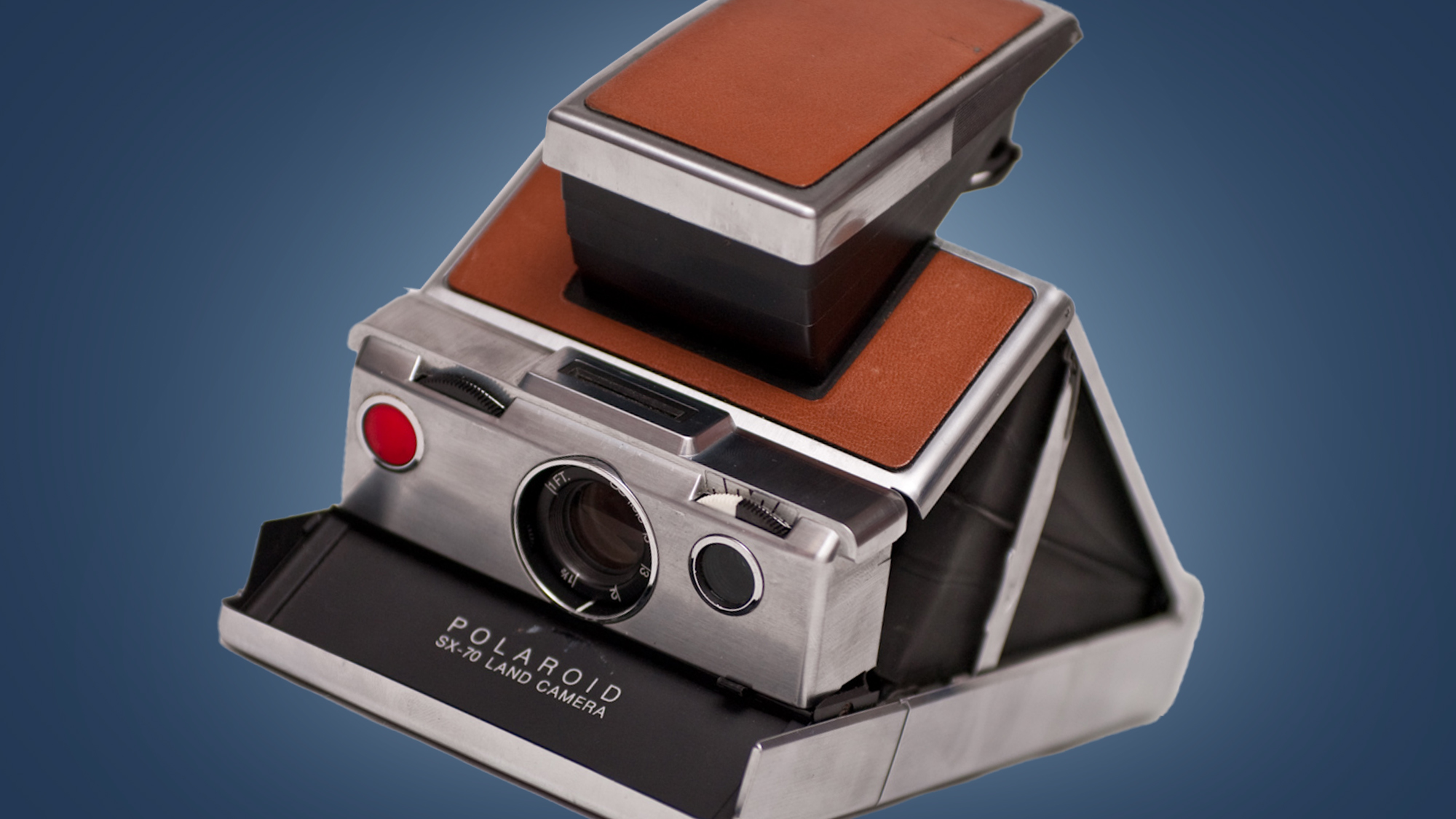
- Why it's a cult classic: It's the most-loved Polaroid camera ever made
Long before digital photography spoilt us all by letting us review photos straight after taking them, Polaroid cameras gave us magical prints that would develop in just a minute or two. The Polaroid SX-70 is one of Polaroid’s most iconic models and delivered instant photography to the masses from 1972 to 1981.
SX-70 cameras featured a 116mm f/8 lens and manual focus with a minimum focus distance of 26.4cm. The camera wasn’t cheap at $180 (around £148 / AU$270) for the camera in the 1970s, alongside $6.90 (around £5.70 / AU$10.20) for a ten-pack of ‘film’, which undoubtedly affected sales. That said, those that owned an SX-70 loved them and they remain popular today.
One of the most compelling aspects of the SX-70 is its ability to fold down when not in use, making it much easier and more convenient to carry than non-folding models. It’s undoubtedly a great-looking camera that's available in two color options and was popular with some famous photographers and artists, including Andy Warhol, Helmut Newton, Walker Evans and many others.
6. Olympus Pen F

- Why it's a cult classic: it's still most beautiful mirrorless camera ever made
Retro-styled digital cameras have become incredibly popular due to their tactile controls and vintage looks – just look at Fujifilm's X-series. But perhaps the best mirrorless tribute to a classic film camera was this Micro Four Thirds version of the Olympus Pen F in 2016. Based on the original half-frame 35mm Pen F from 1963, it shared its predecessor's general shape, chrome top and base plates, and a black leatherette finish.
Released in 2016 and discontinued just a few years later, the MFT Pen F is arguably one of the most beautiful digital cameras ever made. But rather than being style over substance, it’s a digital powerhouse sharing many of the same features and functionality of the professional-level Olympus OM-D E-M5 Mark II.
This rangefinder-style mirrorless camera boasts a 20MP sensor, an electronic viewfinder, and the ability to shoot at an impressive 10fps at a shutter speed of up to 1/8000sec alongside many more impressive features. It’s easily capable of satisfying the needs of professionals, but is also a highly portable model that’s equally well-suited to amateur photographers. Will the inheritors of Olympus' camera division, OM System, ever make a new version? That isn't clear, but until they do the mirrorless Pen F will deserve a place in this list.
5. Ricoh GR1
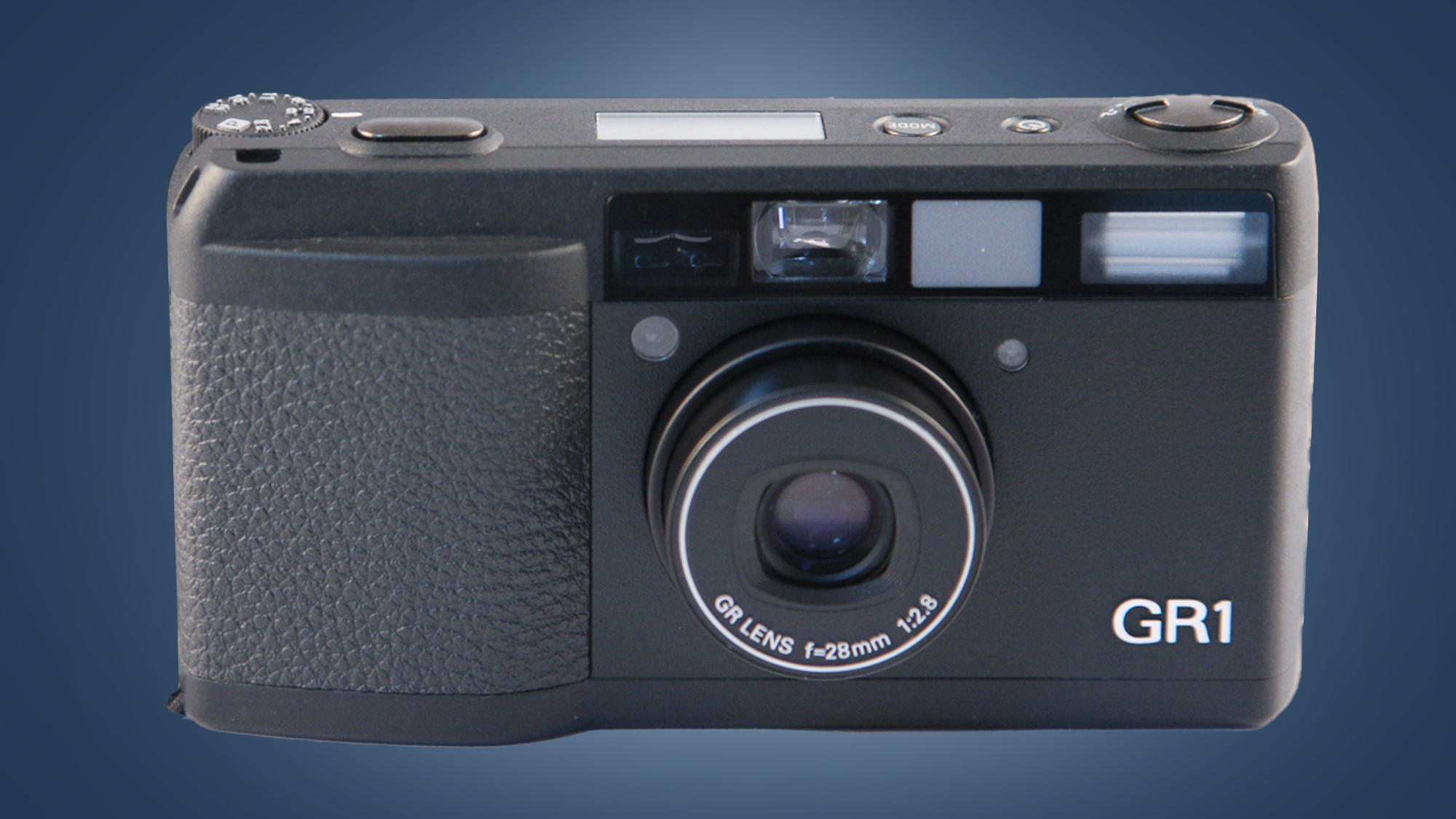
- Why it's a cult classic: it set the standard for premium compact cameras
It might look unassuming, but the Ricoh GR1 is fully deserving of its place on this cult cameras list. Why? It's a peerless premium compact that became hugely popular among fashion and street photographers during the mid-90s. Non-pros would also later lap its digital successors, like the Ricoh GR IIIx.
The GR1’s success was undoubtedly fueled by its discreet size, but it was also very versatile. You could grab a quick shot in its Programmed AE mode, or take more considered photos by shooting in aperture priority with a bright maximum aperture of f/2.8. Your ISO was set automatically by reading the DX code on film, but this diminutive camera with a 28mm lens could shoot at shutter speeds from two seconds to 1/500sec and even featured autofocus.
This camera was so popular that Ricoh released a digital version of the camera in 2013 called the Ricoh GR. This has been superseded by the Ricoh GR II and more recently the Ricoh GR III, but all three digital models feature a 28mm f/2.8 lens and APS-C sensors in their pocket-sized bodies, alongside many advanced features. And that's a combo that'll never go out of style.
4. Rolleiflex Twin Lens Reflex
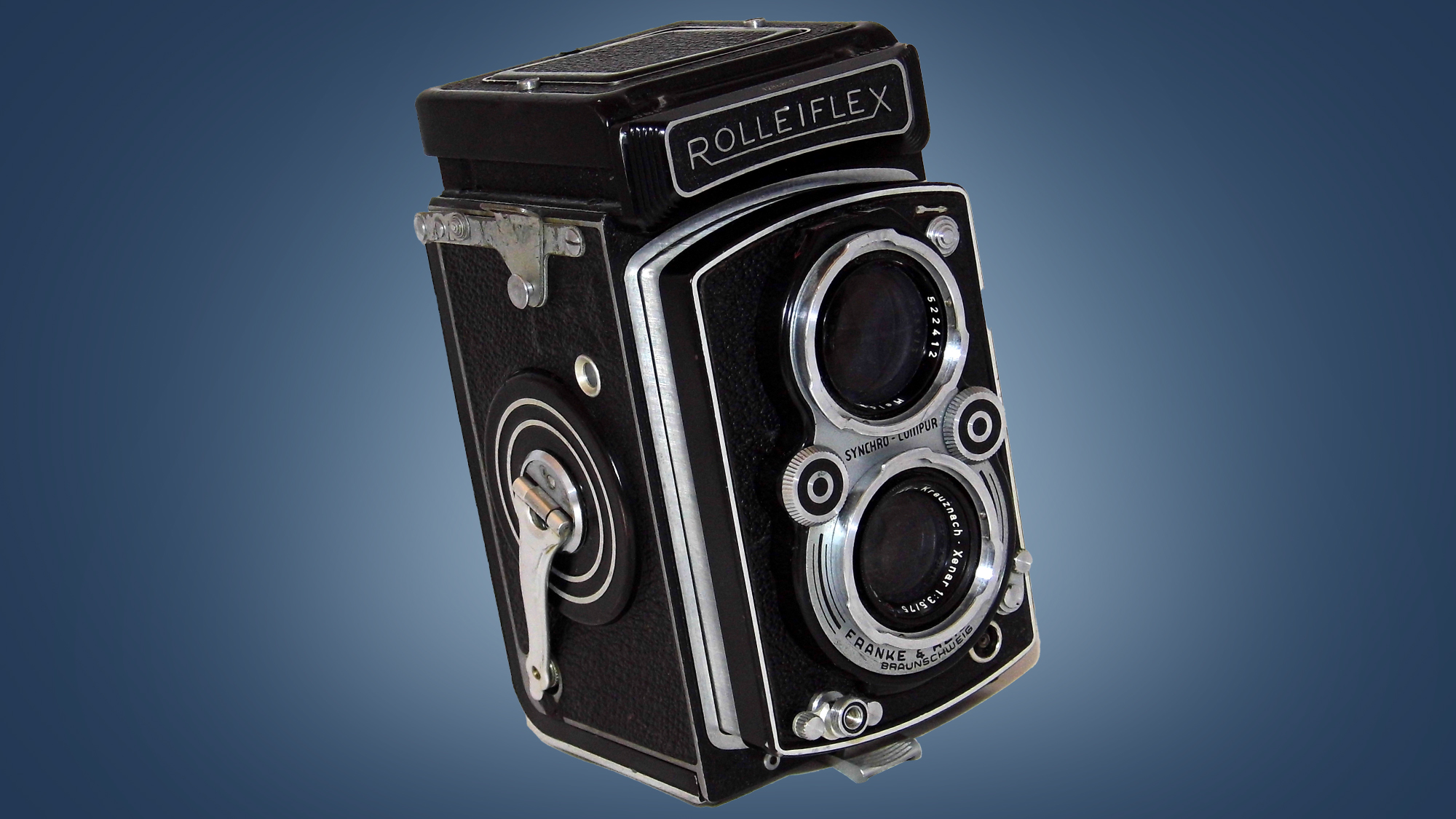
- Why it's a cult classic: it made photography more portable than ever before
Twin lens reflex cameras (otherwise known as TLRs) use two lenses instead of the the one found inside SLRs. One lens creates an image that’s directed up to the focusing screen, while the second creates an image on medium format film when the shutter is fired. These cameras are older than SLRs and suffered from a problem called parallax error – this is where the image shown on the focusing screen is slightly different to the image captured on film as a result of the two lenses being vertically positioned.
The Rolleiflex Twin Lens Reflex, just like the Yashica Mat-124G and Mamiya C330, was a popular camera series that was renowned for its fantastic image quality, thanks to great optics made by Carl Zeiss and Scheider, and ability to create high-quality 6x6cm negatives. As the Finding Vivian Maier documentary memorably showed (which you can find in our list of the best photography movies and shows) these cameras were typically shot from waist level with the photographer looking down at the focusing screen.
While it's still cumbersome by today’s standards, the Rolleiflex Twin Lens Reflex was much smaller, lighter and more portable than large format cameras. They also paved the way for even more compact and lightweight medium format cameras that used a single lens and were effectively SLRs, despite shooting medium format 120 and 220 roll film, rather than 35mm film.
3. Asahi Pentax K1000
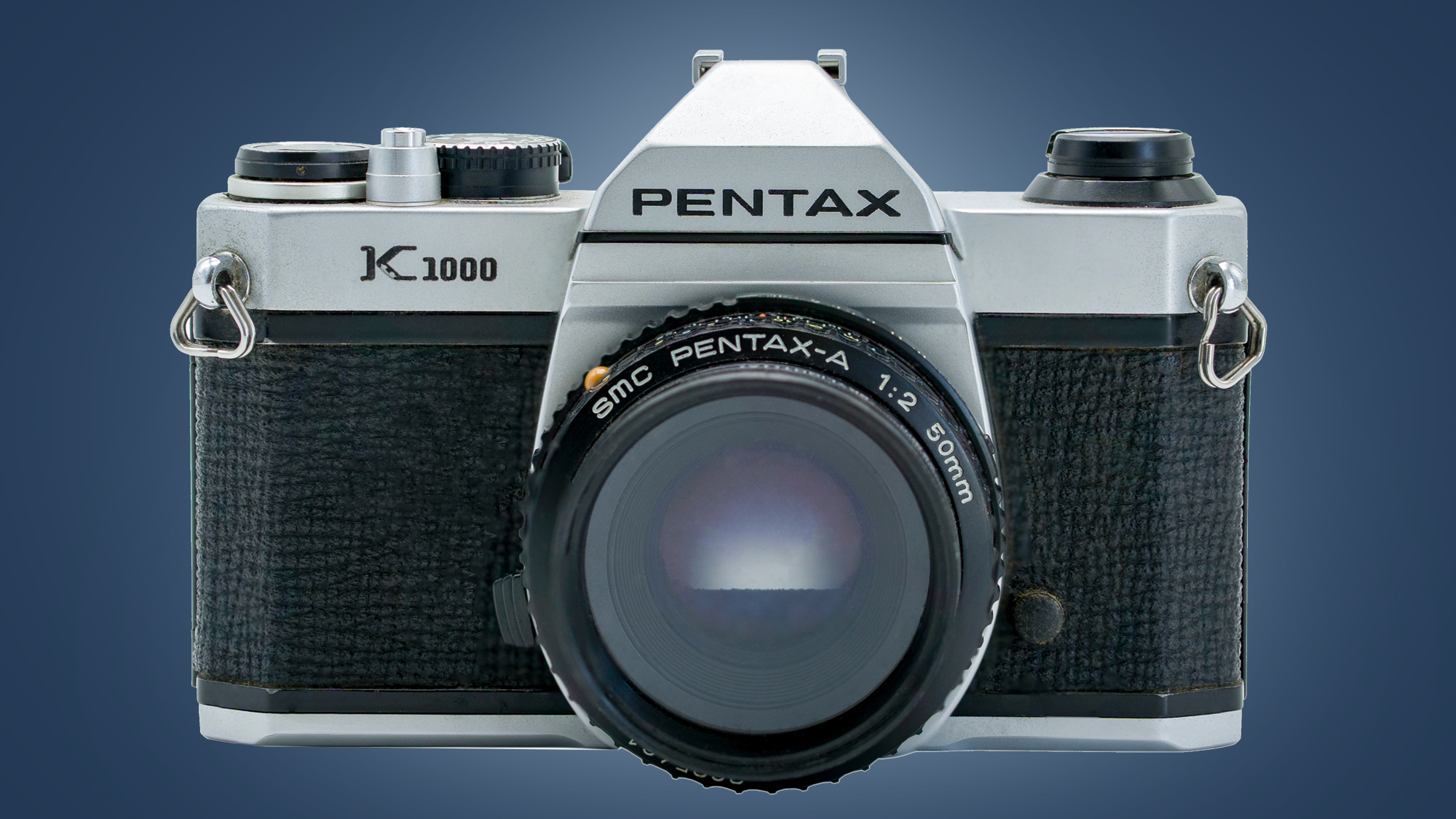
- Why it's a cult classic: it launched a thousand pro photography careers
If you studied photography at school or college between the 1970s and 1990s, there's a good chance you’ve used a Pentax K1000. Many professional photography careers have been launched by this camera, not to mention the lives of millions of families documented and celebrated by it.
The K1000 was launched in 1976 and was produced up until 1997, with millions of units sold. And despite a simple design and basic features, its success is largely down to ease of use, low cost and lens availability. Over the years there were adjustments to features and price, but the body itself remained largely the same.
Basic, tough and reliable, just like Nikon’s FM and FM2 (FM stands for fully mechanical), the K1000 is also a mechanical camera where a battery is only required to power the light meter. This was the most basic model in Pentax’s K-mount 35mm film cameras, and the lenses remain compatible with current Pentax DSLRs opening up a wide range of classic manual lenses to digital photographers.
2. Holga 120GN
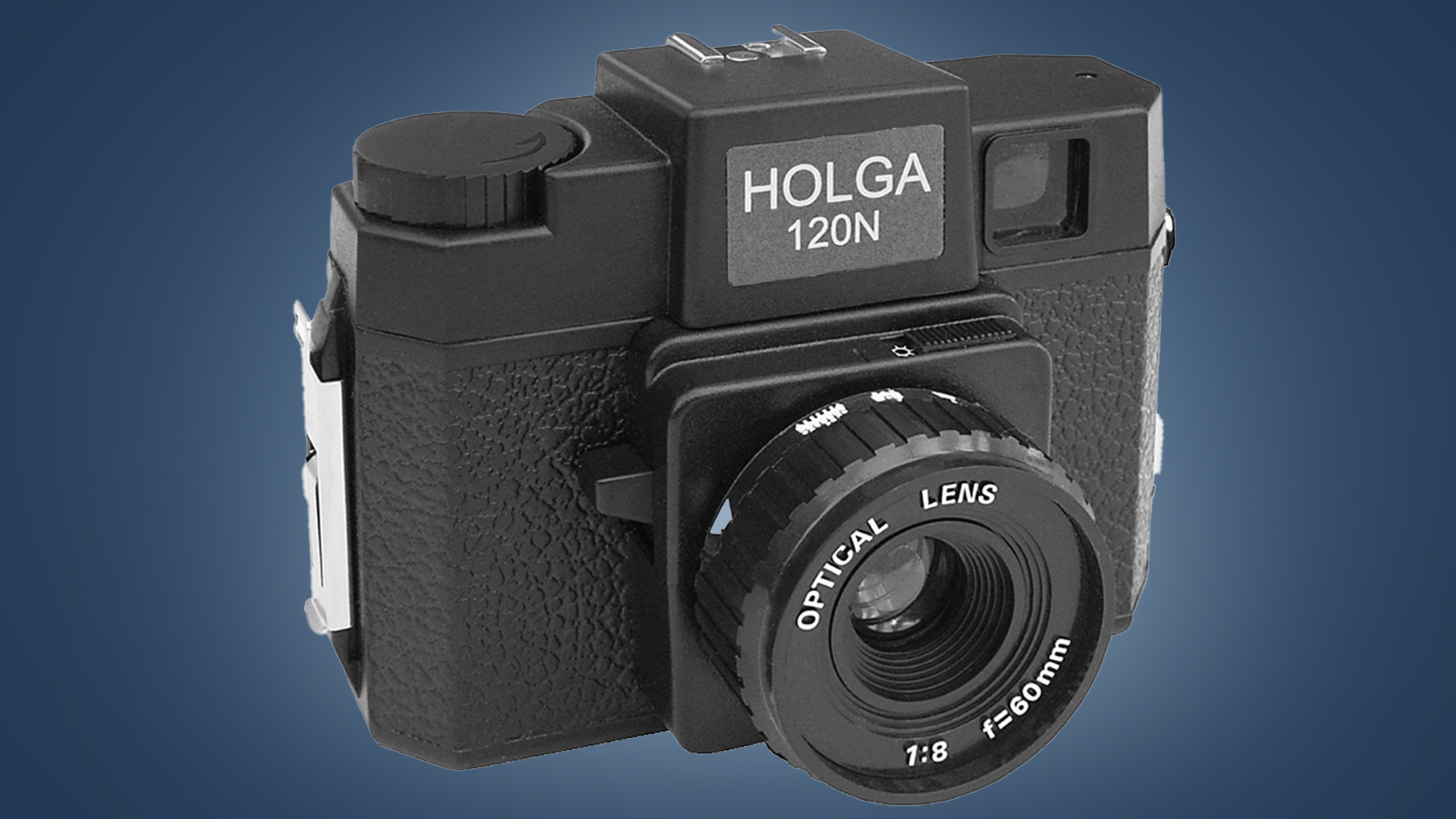
- Why it's a cult classic: it may just have sparked a photography revolution
Cameras are usually designed to produce the best image quality possible, but the Holga 120GN completely bucked this trend with its iconic lo-fi and unpredictable results. Vignetting, light leaks, blur and high contrast are just some of the deficiencies (or charms) of the camera. But these are seen by fans as a positive rather than a negative and were celebrated by the Lomography movement that kicked off in the 1990s.
It’s these flaws that make the camera so attractive to many, where lack of control and unpredictable results encourage a more creative approach to shooting. And the quirks may also have inadvertently inspired Instagram, with the app's early charm built around analogue filters and square images.
The Holga 120GN is a cheap ‘toy’ camera that shoots medium format film and produces 6x6cm negatives. It was originally manufactured in Hong Kong to be a cheap camera option for the Chinese market, which mainly used domestically produced medium format roll film rather than 35mm film. But after 35mm film and cameras began to be imported into the country, the camera was marketed around the world and went on to earn its legendary status.
1. Epson RD-1

- Why it's a cult classic: it was the first-ever digital mirrorless camera
When most people think of the first mirrorless camera, it’s usually the Panasonic DMC-G1 that springs to mind. Launched in 2008, the G1 was indeed the first of its kind to enjoy commercial success and was also the predecessor of a popular range of cameras from the company. But it wasn’t the first mirrorless camera to be launched; this accolade goes to the Epson R-D1, which arrived way back in 2004 and was discontinued three years later.
The Epson R-D1 is a curiosity that cost a whopping $2,999 / £2,000 (around AU$3,630) body only. What’s more, it was heavily based on film cameras and even features a manually-wound shutter using a lever like a film advance lever. Even settings such as battery level, image quality level, white balance and shots remaining used an analogue display on the top of the camera.
The 6.1MP R-D1 uses Leica M-bayonet lenses and image quality overall is surprisingly good aside from a vignetting issue. Yet it’s the camera's compact design, use of an APS-C sensor and the absence of a mirror that earn the Epson RD-1 a place in history – and a place at the top of our cult cameras list.

James Abbott is a professional photographer and freelance photography journalist. He contributes articles about photography, cameras and drones to a wide range of magazines and websites where he applies a wealth of experience to testing the latest photographic tech. James is also the author of ‘The Digital Darkroom: The Definitive Guide to Photo Editing’.